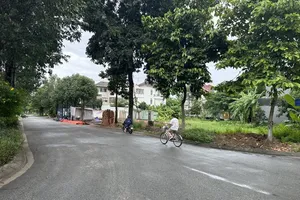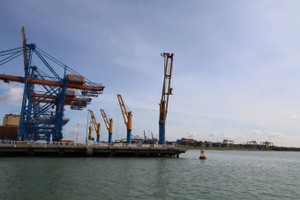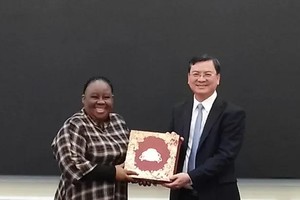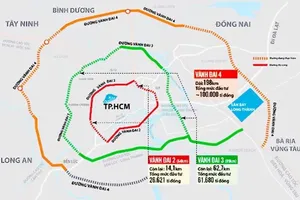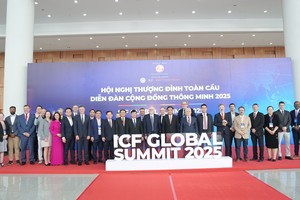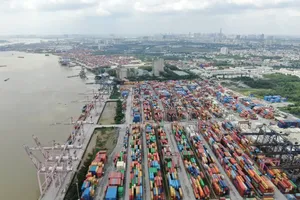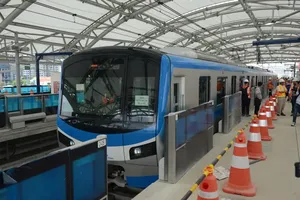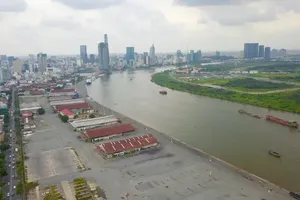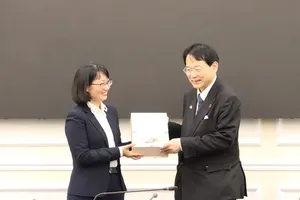
The private sector is proving to be the main engine powering Ho Chi Minh City’s economic recovery. In 2024, the city’s gross regional domestic product grew 7.17 percent, with trade and services dominated by private enterprises rising more than 10 percent.
In the first eight months of 2025, the trend continued to accelerate. The city’s total retail and service revenue reached nearly VND1.3 quadrillion (US$49.25 billion) up 15.6 percent year-on-year. In August alone, retail sales climbed 17.3 percent to VND84,838 billion, and accommodation and food services surged 20.8 percent to VND19,059 billion.
Deputy General Director Nguyen Ngoc Thang of Saigon Co-op, emphasized that growth in GRDP, retail, and budget revenue clearly reflects the private sector’s direct contribution to the city’s economy.
Ho Chi Minh City now has over 345,000 active enterprises, including nearly 49,000 new firms established in 2024 accounting for nearly one-third of the national total. The private sector employs more than 80 percent of the city’s workforce, contributes over half of total corporate profits, and generates around 60 percent of trade and service revenue. This dynamism helped the city surpass its 2024 budget target, collecting more than VND330 trillion.
By August 2025, the city’s economy had gathered even more steam. GRDP grew 8.32 percent, FDI inflows reached US$6.8 billion (up 58 percent), and budget revenue totaled VND524.2 trillion, up 15.5 percent. Private firms accounted for 60 percent–65 percent of retail sales (VND740 trillion–VND800 trillion) and 70 percent–80 percent of non-oil exports worth US$42 billion–50 billion of the total $61.2 billion.
According to economist Can Van Luc of BIDV, private enterprises not only drive GRDP growth but also sustain tax revenue, lead in trade and exports, and anchor key industries from food and textiles to logistics, retail, and technology.
Similarly, CEO Tran Le Nguyen of Kido Group noted that private firms must remain agile embracing digital transformation and expanding ecosystems to stay competitive. Vice Chairman Pham Van Viet of the Ho Chi Minh City Textile and Embroidery Association added that forming linked industrial clusters will enable private firms to thrive domestically while building sustainable Vietnamese brands globally.
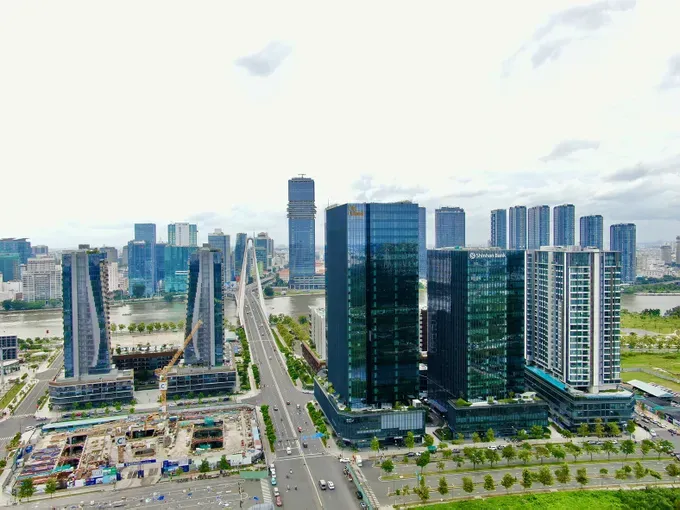
These successes highlight the private sector’s vital role—not just maintaining the city’s economic rhythm but also generating jobs, sustaining consumer demand, strengthening public finances, and elevating Vietnam’s brand on the world stage. As the city enters a new phase of regional expansion, that role is set to grow even stronger.
Following the merger with Binh Duong and Ba Ria–Vung Tau provinces, Ho Chi Minh City now benefits from expanded development space. The new metropolitan region positions HCMC as the financial and innovation hub, Binh Duong as the manufacturing core, and Ba Ria–Vung Tau as the logistics and seaport center. This foundation allows private enterprises to scale up investment, reduce supply chain costs, and connect directly with global markets, said Chairman Nguyen Ngoc Hoa of the Ho Chi Minh City Business Association.
The merger has created new growth poles for private enterprises. Binh Duong’s more than 30 industrial zones are expanding, offering affordable production sites for HCMC firms relocating from the inner city. Ba Ria–Vung Tau’s deep-water ports have significantly lowered logistics costs, boosting export competitiveness. Meanwhile, HCMC remains the ‘brain center’ of finance and innovation, coordinating the entire regional economy. The integrated network enables private firms to participate in a complete value chain from production to export.
In just eight months of 2025, HCMC attracted over US$6.8 billion in FDI, a 58 percent increase, retaining its lead nationwide. Private businesses are no longer confined to the city core, said Chairman Nguyen Ngoc Hoa. He added that private businesses can now base factories in Binh Duong, ship through Ba Ria–Vung Tau, and keep their design, branding, and financial centers in HCMC. This is truly a golden moment for the private sector to break through.
International observers agree. The Korea Chamber of Commerce (KoCham) called the HCMC–Binh Duong–Ba Ria Vung Tau linkage an ‘optimal production and logistics corridor’ emphasizing the need for simplified procedures to facilitate both FDI and domestic private investment. The European Chamber of Commerce (EuroCham) stressed that Vietnamese private firms adhering to ESG standards will become ideal partners for European corporations. Similarly, the American Chamber of Commerce (AmCham) said HCMC stands poised to become a regional hub for services and technology with the private sector as the key bridge between policy and market realities.
These assessments strongly affirm that unlocking new potential and achieving a deserving position necessitates removing barriers for the private sector to achieve a breakthrough. This conviction underpins Ho Chi Minh City's ambitious target of achieving over 10 percent GRDP growth in 2025, contingent upon the private sector becoming the central driving force, supported by robust measures to overcome current 'bottlenecks.'
To this end, the city has prioritized administrative procedure reform. Former Head Nguyen Duc Kien of the Prime Minister's Economic Advisory Group emphasized that the private sector currently seeks not only special incentives but also a stable, transparent, and synchronous business environment to confidently expand investment. A subsequent challenge lies in logistics and trade. As EuroCham advised, every hour saved in customs clearance directly translates into cost savings for businesses. When the logistics corridor from HCMC to Cai Mep - Thi Vai port operates seamlessly, private sector goods will reach international markets with greater speed and competitive cost.
Former Director Tran Dinh Thien of the Vietnam Institute of Economics and a member of the Prime Minister's Policy Advisory Council emphasized that the potential of HCMC as a hub for services, finance, and innovation can only be fully realized through a comprehensive upgrade of regional logistics infrastructure.
This enhancement will allow private enterprises to 'venture into the open sea' rather than being restricted to the domestic market. In addition to infrastructure improvements, it is essential that the 'bloodline' of capital circulates freely.
Given that over 98 percent of businesses are categorized as small and medium-sized, achieving a breakthrough remains challenging without preferential credit packages that are associated with digital transformation, technological innovation, and emission reduction.
Another crucial requirement is raising green standards, complying with Environmental, Social, and Governance (ESG) criteria, and implementing traceability. Markets like the European Union (EU), the US, and the Middle East are tightening regulations, particularly in the wood, textiles, and food sectors. Failure to comply will result in lost orders, while timely standardization presents significant expansion opportunities.
Finally, HCMC must reorganize production through the cluster model, where private enterprises can share common R&D centers, inspection facilities, and logistics. This is a strategic solution to lower fixed costs, accelerate product standardization, and enhance international competitiveness. Vice Chairman Pham Van Viet of the Ho Chi Minh City Textile and Embroidery Association believes that sector clusters will prevent small and medium private enterprises from being left behind, instead offering them the opportunity to participate in the global value chain.



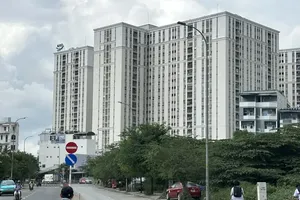
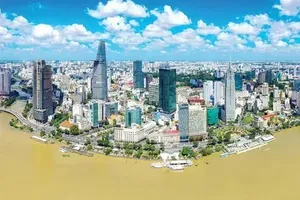

)
